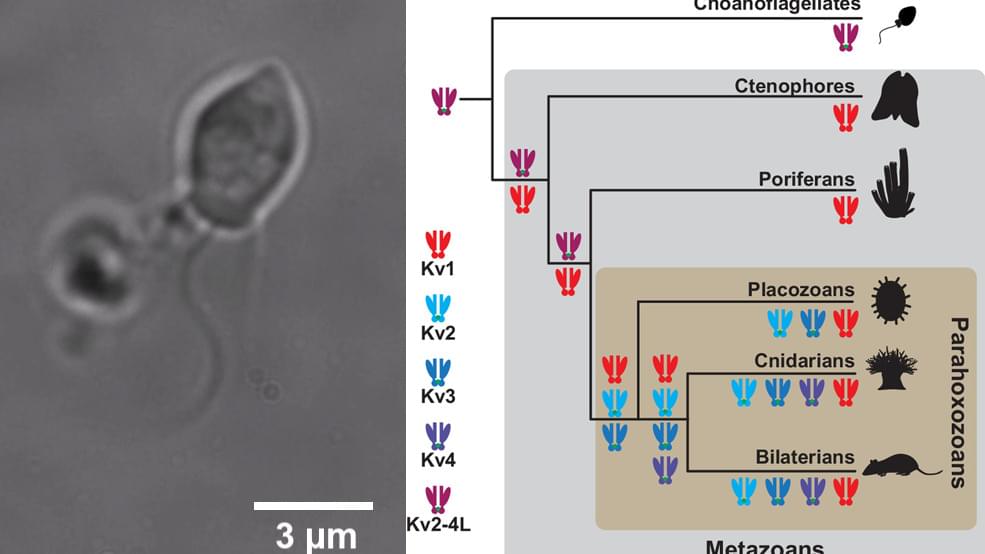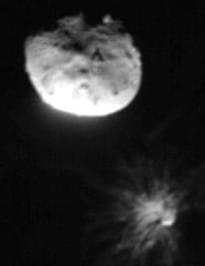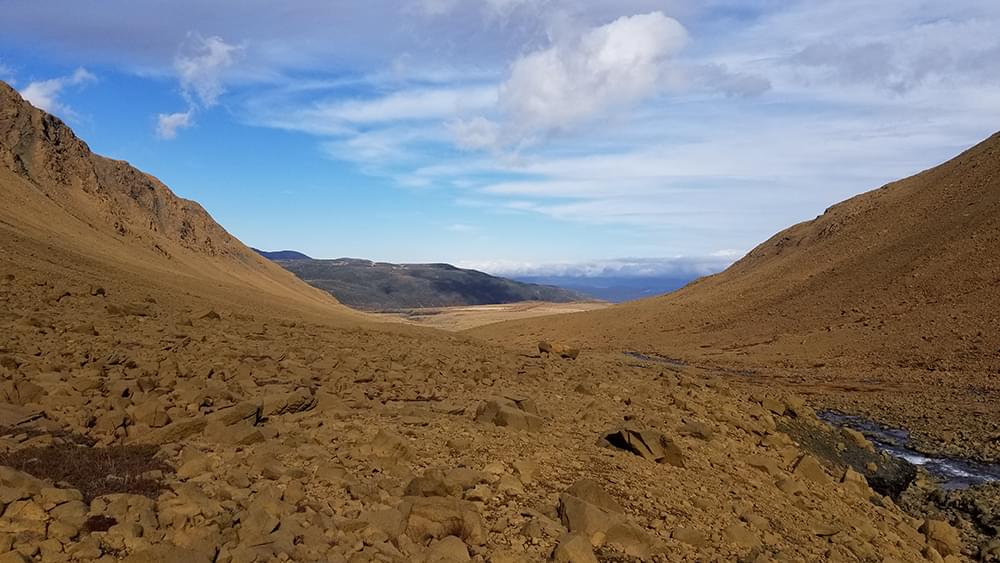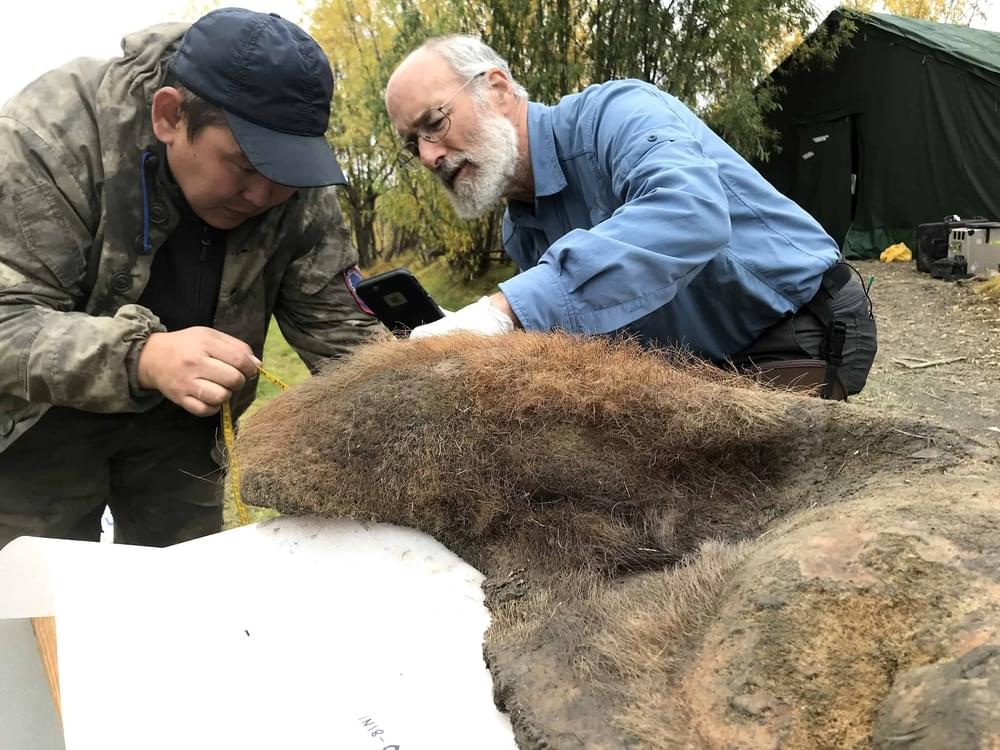Aug 14, 2024
Scientists capture clearest glimpse of how brain cells embody thought
Posted by Cecile G. Tamura in categories: evolution, neuroscience
This explores how the human brain forms abstract concepts and adapts to changing environments, specifically looking at how neurons in certain brain regions contribute to complex thinking.
It takes brains to infer how any two things in the world relate to each other, whether it’s the way bad weather links to commuting delays or how environmental conditions lead to the evolution of species. A new study based on recordings in the brains of people has yielded a pathbreaking trove of data that researchers now have used to reveal, with more clarity than ever, the neural incarnations of inferential reasoning.


















